Engaged Anthropology Grant: J. Cameron Monroe
The Abomey Plateau Archaeological Project (APAP), conducted between 2000 and 2013, was a long-term, multi-scalar investigation into the origins, growth, and transformation of urban landscapes in the Kingdom of Dahomey, located in present-day Bénin. The Atlantic Era (sixteenth through nineteenth centuries AD) was a period of profound political and economic change across West Africa, as trans-Atlantic commerce reconfigured local economies, political authority, and settlement patterns. The APAP sought to understand how these forces reshaped Dahomey’s urban centers, focusing especially on Cana, one of the kingdom’s principal cities and a vital political and ritual node. Through a combination of archaeological survey, excavation, oral historical research, and spatial analysis, the project traced the dynamic relationships between Cana and its hinterlands, documenting how regional systems of production, trade, and power evolved in response to Atlantic commercial expansion. Conducted under the auspices of the Direction du Patrimoine National and the Université d’Abomey-Calavi (UAC), the project also trained more than forty Beninese students in archaeological field methods and interpretation, establishing one of the most extensive collaborative research frameworks in the region.
The Engaged Anthropology Grant from the Wenner-Gren Foundation was designed as the capstone to this multi-year research effort. Its purpose was to return the results and materials of the Abomey Plateau Archaeological Project to Bénin, to share findings with scholars, students, and local communities, and to promote the preservation of archaeological heritage. Specifically, the project aimed to return all analyzed artifacts and documentation to the Musée Historique d’Abomey, to conduct training workshops at the Université d’Abomey-Calavi, and to engage directly with the community of Cana to communicate results in accessible and meaningful ways.
The Engaged Anthropology project was structured around three primary objectives derived from the original proposal:
- Return of artifacts and final documentation to the Musée Historique d’Abomey for permanent curation and potential
- Workshops and lectures at the Université d’Abomey-Calavi to train faculty and students in archaeological methods and
- Community engagement in Cana, including outreach events with residents to share findings and discuss local heritage
Although the grant was approved in 2019, the onset of the COVID-19 pandemic delayed its implementation until 2022. Travel restrictions, the temporary closure of educational institutions, and disruptions to international collaboration made it impossible to carry out the planned work earlier. When conditions permitted, the project was successfully realized during the summer of 2022, achieving most components of its originally proposed objectives and completing the long arc of research and engagement that began more than two decades ago.
1. Return of Artifacts and Documentation
Prior to traveling to Bénin in July 2022, I consulted with my Beninese collaborators and with staff at the Musée Historique d’Abomey regarding the status of the project’s artifact collections. Together we determined that, for the time being, the analyzed materials should remain in the United States to ensure their continued stability and accessibility for final publication. This decision was made collaboratively, in recognition of the state of current collections (Figure 1), and the museum’s current renovation process, which has temporarily limited its collections storage capacity. While the physical artifacts remained in the U.S., I brought with me the complete digital archives and artifact catalogs, all of which were formally presented to the museum’s director and conservators. These materials will serve as the foundation for future reintegration of the physical collections once appropriate facilities are available.
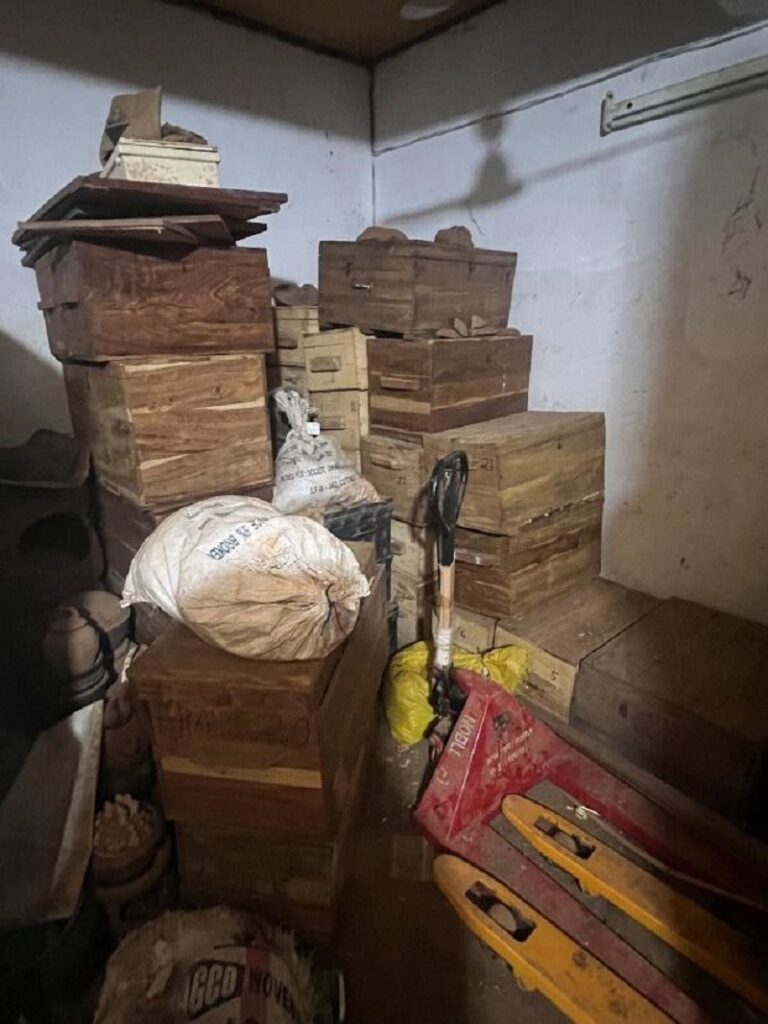
Collaborative discussions with museum staff focused on cataloguing systems, conservation priorities, and the interpretive potential of the Cana materials. The team expressed particular enthusiasm for incorporating these collections into the museum’s new exhibition spaces currently under development as part of a World Bank–funded expansion. Together, we explored ways to integrate archaeological narratives into forthcoming displays on the history of the Kingdom of Dahomey and the Atlantic Era. The museum staff were especially interested in how the Cana assemblage could illuminate the material and social worlds of Dahomey’s urban centers and hinterlands. These discussions laid important groundwork for future curatorial collaboration that will hopefully ensure that the project’s results will ultimately be represented in the national heritage record and public exhibitions.
2. Academic Workshops at Université d’Abomey-Calavi
In early August, the project organized a four-day series of workshops and lectures at the Université d’Abomey-Calavi under the coordination of Professor Didier N’Dah. More than thirty students and faculty members from the Department of History and Archaeology participated. The sessions were structured around three themes:
- Field Methodology: Lectures and demonstrations covered survey design, excavation techniques, and recording Students practiced reading field maps and interpreting stratigraphic data from the Cana excavations.
- Artifact Identification and Analysis: Participants examined ceramics, metals, and faunal remains, learning classification and quantification techniques (Figure 2). The project’s field and analysis forms were shared for future use in teaching and
- Interpretation and Synthesis: Final sessions linked archaeological data to oral histories and historical documents, demonstrating how local evidence contributes to broader understandings of Dahomean state formation and Atlantic-era
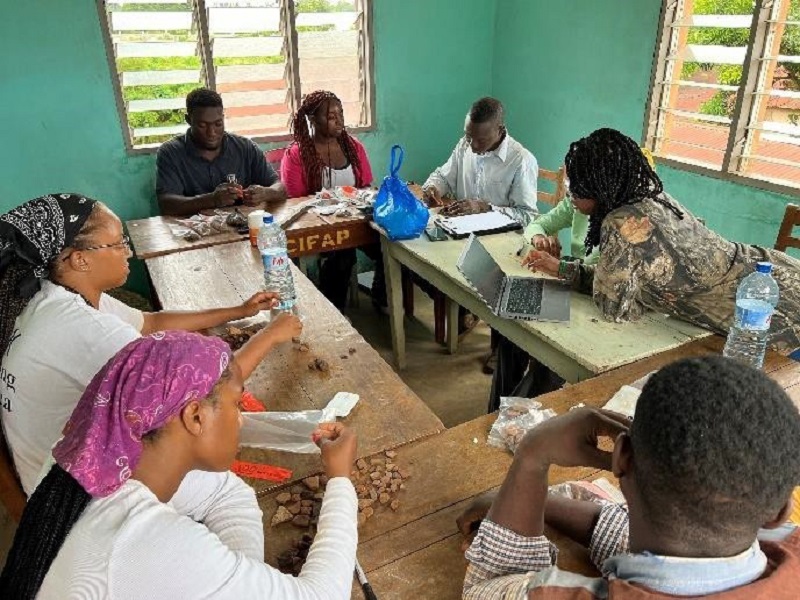
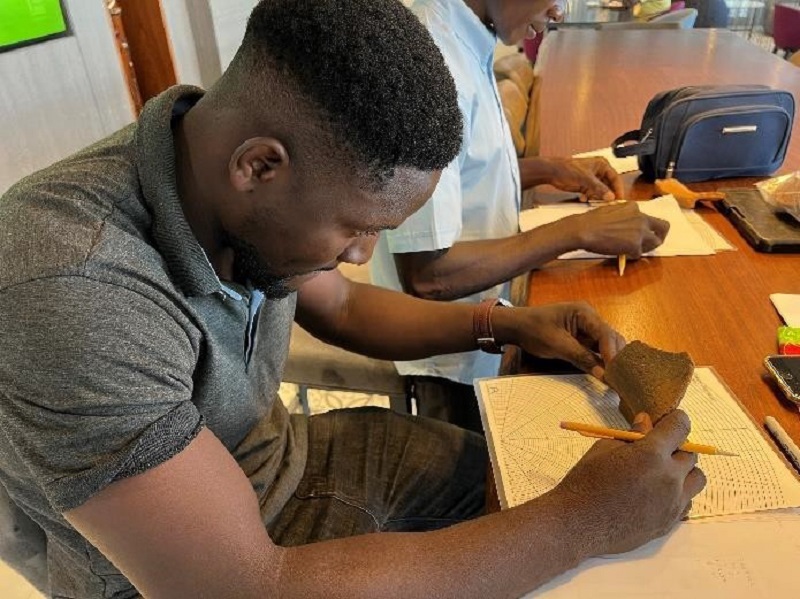
The workshops culminated in a department lecture summarizing two decades of archaeological work on the Abomey Plateau. Participants noted that this was the first comprehensive, hands-on training of its kind offered at UAC, and several students have since expressed plans to build thesis research inspired by the APAP dataset.
3. Community Engagement in Cana
The final phase of the 2022 project focused on introducing the results of the research to the people of Cana, where fieldwork had been conducted between 2007 and 2013. Over two days, I revisited key neighborhoods and compounds within the city to share findings in small, inclusive meetings. These outreach events were organized in consultation with Da Langanfin, the traditional king of Cana, who had originally sponsored and supported the Abomey Plateau Archaeological Project during its early years (Figure 3). His renewed participation and endorsement were vital in reestablishing connections with the community and ensuring that the dissemination of results was conducted with cultural sensitivity and in accordance with local protocols.
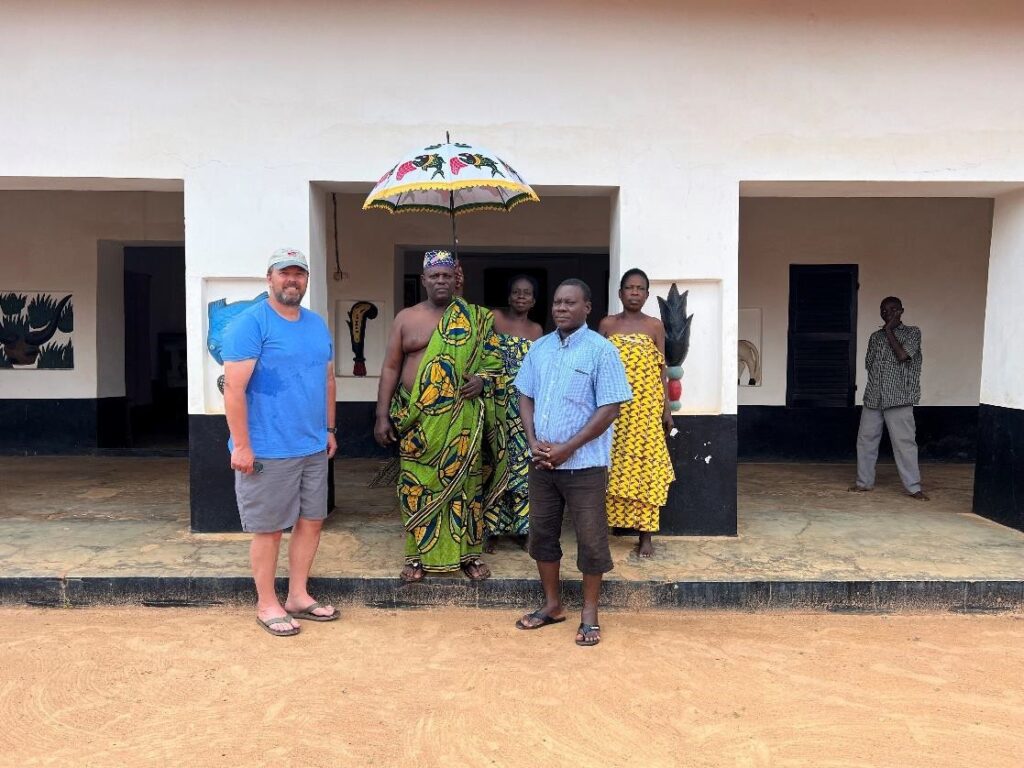
Each meeting focused on discoveries made in that particular area and explained how archaeologists interpret material remains to reconstruct Cana’s history and its significance within the broader political and ritual landscape of Dahomey. The sessions highlighted the importance of Cana as both a royal and religious center during the Atlantic Era, linking archaeological interpretations to living oral traditions. Illustrated summaries of the project, translated into Fongbe, were distributed to participants and to the local school to promote awareness of Cana’s heritage among younger generations. We also hosted a public presentation of artifacts recovered from sites around Cana on the main thoroughfare (Figure 4). This display caught the attention of many, and provided a wonderful opportunity to introduce the work of the project to a broader public.
Community members responded warmly to the presentations, expressing pride in the rediscovery and recognition of their city’s historical importance. Many shared memories and oral accounts that enriched the existing archaeological interpretations. The leadership of Da Langanfin ensured that the engagement was inclusive and well received, reaffirming the long-standing partnership between researchers and the people of Cana. This renewed collaboration underscored the project’s commitment to reciprocity, respect for traditional authority, and the co-production of historical knowledge grounded in local perspectives.
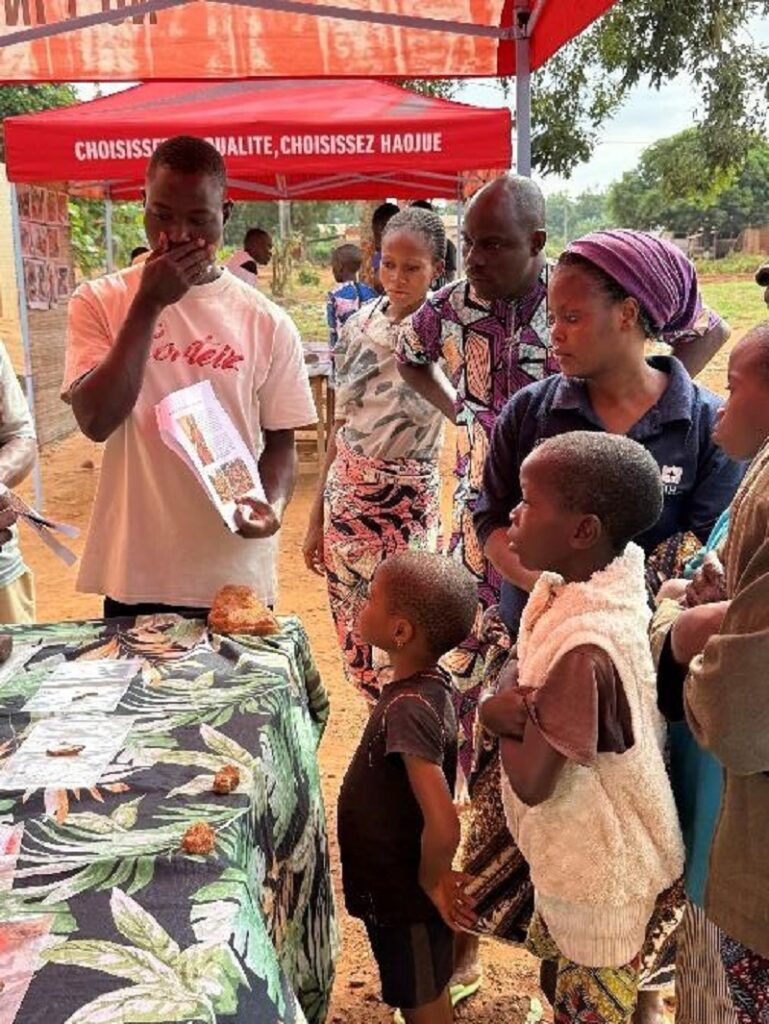
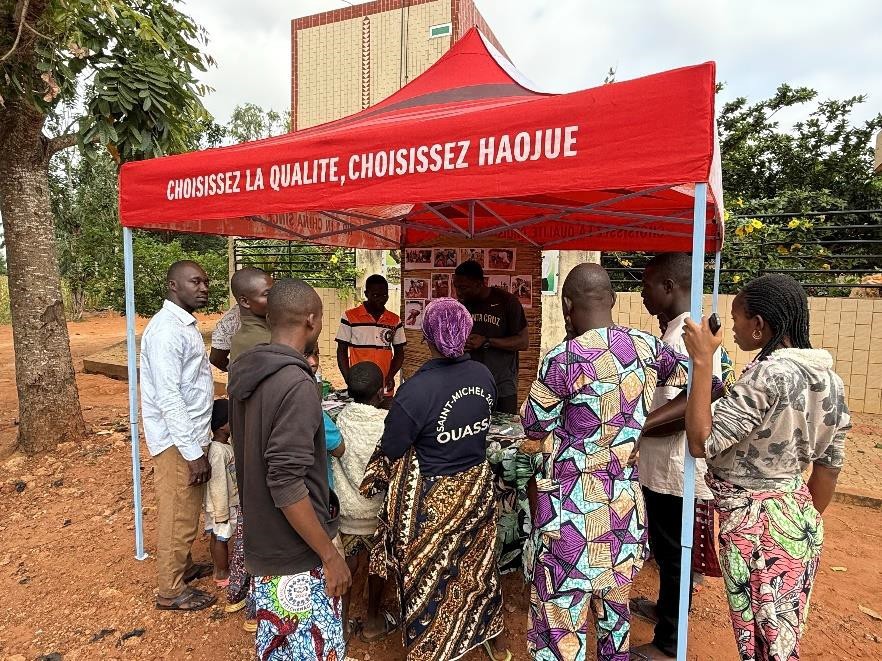
Outcomes and Broader Impacts
By the end of summer 2022, the project had successfully met most of its goals. The key outcomes included:
- Institutional Strengthening: Repatriation of documentation to the Musée Historique d’Abomey, and formal discussions regarding future incorporation of materials in the US into their collections, ensuring their preservation and potential
- Academic Capacity Building: Training of students and faculty in archaeological methods and analysis, enhancing local expertise and independence in heritage
- Public Engagement: Renewed community connections in Cana, fostering pride in local history and awareness of archaeological
Together, these achievements demonstrate the enduring value of engaged anthropology, bridging academic research, institutional collaboration, and community-based knowledge exchange. The project’s success establishes a sustainable framework for future partnerships in West African archaeology and highlights the importance of returning both materials and interpretations to their places of origin.